This post may contain affiliate links. We may earn money or products from the highlighted keywords or companies or banners mentioned in this post.
Kranji Beach battle site
There are many interesting war stories involving the Japanese invasion of Singapore, and one of them took place here on 10 February 1942, when the imperial army suffered a heavy loss of troops, which caused them to panic and almost abort the mission. It’s one of the battles that Singapore won, but due to miscommunication, a key defence line in the area was left open and by the next day, the Japanese army broke through and ended up attacking many other parts of the country. It’s now a good place to spot wildlife. My favourite moment was a close encounter with a Brahminy Kite, also known as the Singapore Bald Eagle, but you can also find crocodiles and other animals if you’re lucky.
• Off Kranji Way, nparks.gov.sg
Pearl Hill city park

Above the busy streets of Chinatown, Pearl Hill was initially named Stamford Hill after Stamford Raffles – the founding father of Singapore – by Captain James Pearl in 1822. After a dispute, however, he decided to name it after himself. It used to be the highest hill in Singapore, but when the British army converted Canning Hill into a military fort, they realised that Pearl Hill was higher and ordered it to be shaved off. It’s now less than half of its previous height and also has a ready-to-drink water reservoir under its grounds. Highest or not, it’s still a great place to get in some quiet time without having to leave the city centre. The turtle pond at the top is an especially lovely spot, and is surrounded by a few picnic tables for a relaxing lunch break.
• Pearl Bank. Open daily 24/7, nparks.gov.sg
Makam Puteri Radin Mas Ayu
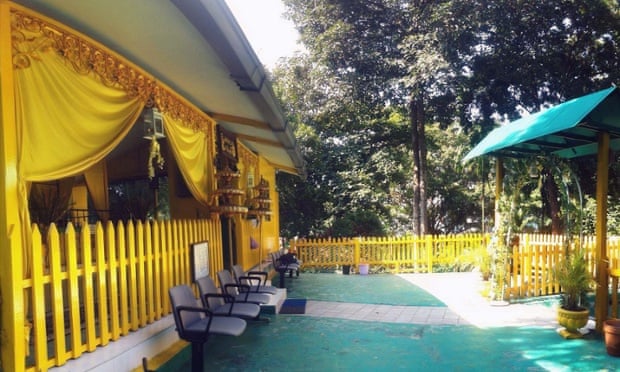
Once the city’s cemetery, the government had exhumed most of the graves by 1973 for urban development but two ancient graves still survive. They belong to a Muslim Javanese father and daughter who came from a noble family. Their legend has been romanticised in the 1959 film, Radin Mas. I uncovered the real history behind them with my team, however. We found out they are probably the earliest tombs to exist in Singapore, dating back to pre-1222. This is my favourite place to go to relax as there aren’t any mosquitos and it’s well away from urban hustle.
• Near Block 42, Telok Blangah Rise. Open daily 24/7
Sungei Seletar Simpang Kiri
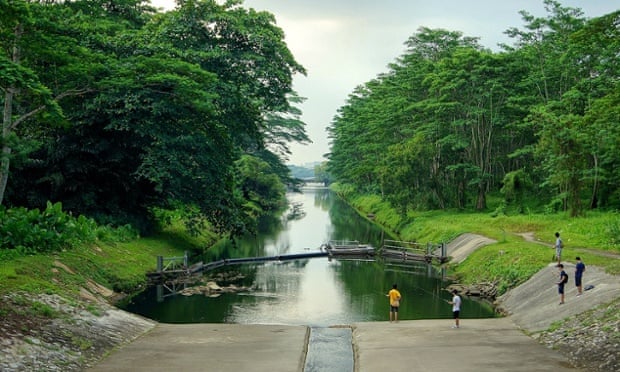
Translating as Seletar river, the name refers to Suku Seletar, a tribe of maritime people from the Spice Islands in Indonesia who used to live by the mouth of Seletar river and along the creek of the Straits of Johor. The original river was curvier, but it’s since been straightened as part of a canal project. This is a great fishing spot and a good place for some peace and quiet.
• Off Yio Chu Kang Road. Open daily 24/7
Japanese cemetery park
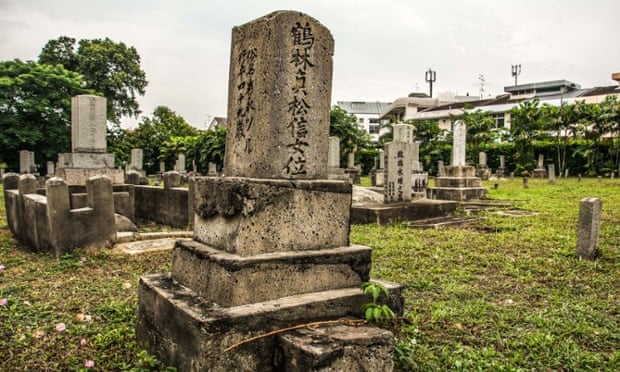
Surrounded by private houses in Hougang in the north-east of Singapore and listed as a memorial park, this is the largest Japanese cemetery in south-east Asia. It has 910 tombstones, including those of Yamamoto Otokichi, the first Japanese resident in Singapore, and Futabatei Shimei, the writer who first brought realism to Japanese literature, as well as young Japanese prostitutes, civilians, soldiers and convicted war criminals. There are also a few designated heritage trees, including an old lychee tree that’s unable to bear fruit due to the local climate, and a rubber tree that’s a remnant of the area’s previous life as a rubber plantation. It’s frequented by photographers, picnickers and couples, and there’s a Zen vibe.
• 825B Chuan Hoe Avenue. Open daily 8am-7pm
Changi Village Beach
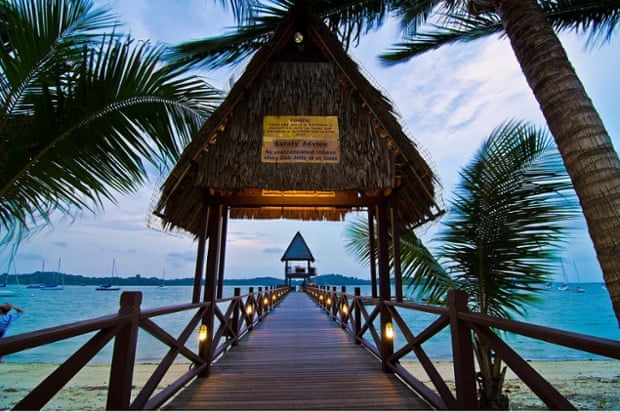
At the western end of the Changi Boadwalk, what I’ve nicknamed Grouper Beach is still a part of Changi Beach, but anglers often catch that type of fish in the area along with horseshoe crabs and squids. Granites found here have been carbon-dated to the mesozoic era. Look out for a huge granite outcrop with the Arabic symbol for Allah inscribed on it. It was initially thought to be an inanimate “keramat” (or shrine) for the Malay fishermen and seafarers, but it’s now widely believed that they are more likely to be nautical markers. Another rock with a similar symbol can be found at the offshore island of Pulau Sekudu.
• End of Andover Road
West Coast park
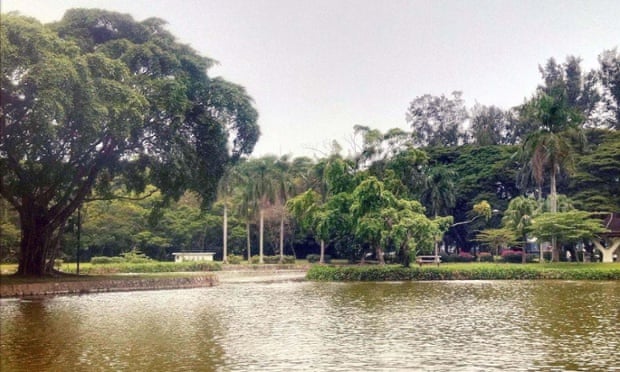
The more popular part of West Coast park is the Marsh Garden, but if you’re looking for a less-frequented place, head to the eastern side, where there’s a koi pond that’s been around for decades. It used to be by the sea and you can see the offshore island of Pulau Retan Laut, but the sea view has disappeared since the land reclamation in 1993, the merger of Retan Laut with the mainland, and the construction of Pasir Panjang terminal. Still, it’s a great place for quiet get-togethers and barbecues, and even playing with remote control motorboats.
• 71 West Coast Highway. Open 24/7, nparks.gov.sg
Tanah Merah yellow beacon

Tanah Merah is Malay for red soil, which refers to a red lateritic cliff that was once found along the coast and used as a nautical marker. In the 18th century, there used to be a village nearby called Kampung Tanah Merah Besar that was occupied by Bugis, a group of Indonesians who were often traders, but that’s long gone. Today, it is the location of the Tanah Merah ferry terminal, the gateway to Bintan and Batam Islands in Indonesia. To its east is the Tanah Merah Beach, though it’s not accessible to the public. If you go round and behind the fence, however, you’ll reach a bright yellow beacon at the edge of a water breaker. It takes a while to get there, but it’s always a nice breezy spot even if it’s hot elsewhere on the island, and anglers also like to fish here.
• West of Tanah Merah ferry terminal
Jurong Hill and lookout tower

Jurong Hill’s original name was Bukit Perepok, and it’s a pleasant place to spend an afternoon. The Garden of Fame has trees planted by visiting foreign dignitaries, but a great hangout is the lookout tower. The tower has a commanding panoramic view of the town of Jurong, and you’ll see the industrial area including Jurong Island. It’s popular with couples looking for a romantic photo spot. Jurong bird park is also nearby if you’re planning on spending the day in the area.
• Jurong Hill
Mount Emily park
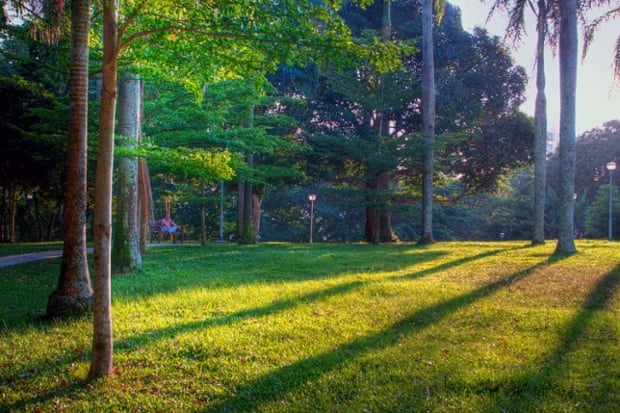
Between the shopping district of Dhoby Ghaut and Little India, the land around Mount Emily was owned by William Farquhar, the first British Resident and Commandant of Singapore. It was later bought by Charles Robert Prinsep, who allegedly named the hills after his daughters. There used to be a sacred tree that was said to be guarded by a giant snake, and a bulldozer capsized when trying to pull it down. It was chopped down a few years later, but a sandy playground remains for kids, and it’s a good place to take a break. The iconic restaurant Wild Rocket, whose founder Willin Low pioneered “mod-Sin” cuisine, is also within walking distance at the Hangout Hotel if you want a great meal.
• Mount Emily
Sponsored by Your Singapore
Powered by WPeMatico











